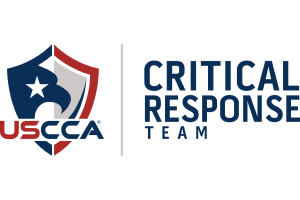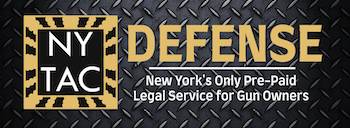Representation.
Carjacking and Second Degree Robbery
If you have been accused of carjacking or robbery in the second degree, call our experienced New York Criminal Attorneys today. Carjacking may loosely be defined as stealing a car while a person is driving the car, with the use of force or the threat of use of force such as a gun, knife, or bludgeon. Prosecutors in New York typically charge carjackers with robbery. The common law definition of robbery is intentionally, permanently depriving another person of their property without consent, under threat of or through use of immediate force. Robbery is generally speaking, one of the most serious crimes, ranking in severity just beneath murder. Penalties are often severe and robbery, in New York is always a felony.
Call Today for a Free Consultation!
Although there is no specific New York law addressing carjacking by name, stealing a motor vehicle is an aggravating factor that increases the severity of a robbery charge from robbery in the third degree to robbery in the second degree. Robbery in the second degree is a class C felony. The maximum penalty for robbery in the second degree is 15 years in prison and carries a mandatory minimum of three and one-half years in State Prison even for a first offender. According to N.Y. Penal Law § 160.10, robbery in the second degree occurs when a person steals something from another under threat of force and:
- They are assisted by a second person who is actually at the scene of the robbery or
- During the crime or immediately afterward during the escape a person: (a) physically harms another person that was not involved in the robbery (b) displays what looks like some kind of a gun or other dangerous instrument
- The stolen property is a motor vehicle as defined in the New York Vehicle and Traffic law.
The scope of robbery in the second degree is wider than carjacking and, in New York, this crime is nuanced and complex. Issues arise due to problems of proof and evidence, for example: Does the property stolen in a robbery need to be recovered? The property stolen in a robbery does not need to be recovered to effectuate prosecution and conviction. This means that if you are accused of robbery in the second degree that the police do not need to recover the car to convict you.
More generally, outside of the scope of carjacking, when robbery in the second degree is charged based on showing a dangerous instrument, does a dangerous instrument need to actually be possessed during the robbery? Yes it does. Courts have held that simply passing a note to a clerk saying that the thief is armed with a weapon is not sufficient evidence that the person actually had a dangerous instrument Additionally, the thief needs to threaten use of the dangerous instrument. If the thief says “I’m going to stab you if you don’t give me the money” without actually having the knife, a charge of second degree robbery will not lie because the thief could not have threatened use of a dangerous instrument that he did not actually have, and he lacked possession of the instrument.
The law uses threatening use of what appears to be a firearm rather than actually using a firearm to aggravate the severity of the robbery charges because it relieves the prosecutor of the burden of proving that a firearm was loaded and capable of being discharged by the defendant at the time of the robbery. The lower burden of proving that the defendant used only what appeared to be a firearm may be proven by anything showing that the defendant had what appears to be a firearm, “though held inside a coat or otherwise obscured.” The legal test to that the prosecution must meet to prove that the defendant displayed what appeared to be a gun is as follows: (1) the defendant consciously displayed something that could reasonably be perceived as a firearm in order to effectuate the robbery and (2) it appeared to the victim by sight, touch or sound that the victim was being threatened by a firearm. But, the term “cannot be read so broadly as to include mere statements” that the perpetrator is armed with a gun. “Informing a robbery victim that a gun is present or even threatening to shoot may be as frightening as displaying a firearm, but under these statutes it is the ‘display’ of what appears to be a firearm, and not merely saying that the defendant has a firearm is what is covered by the statute.
If you or someone you know has been charged with robbery in the second degree due to a carjacking or in connection with an armed conflict over property, please call our Experienced New York Criminal lawyers for a free consultation.

















